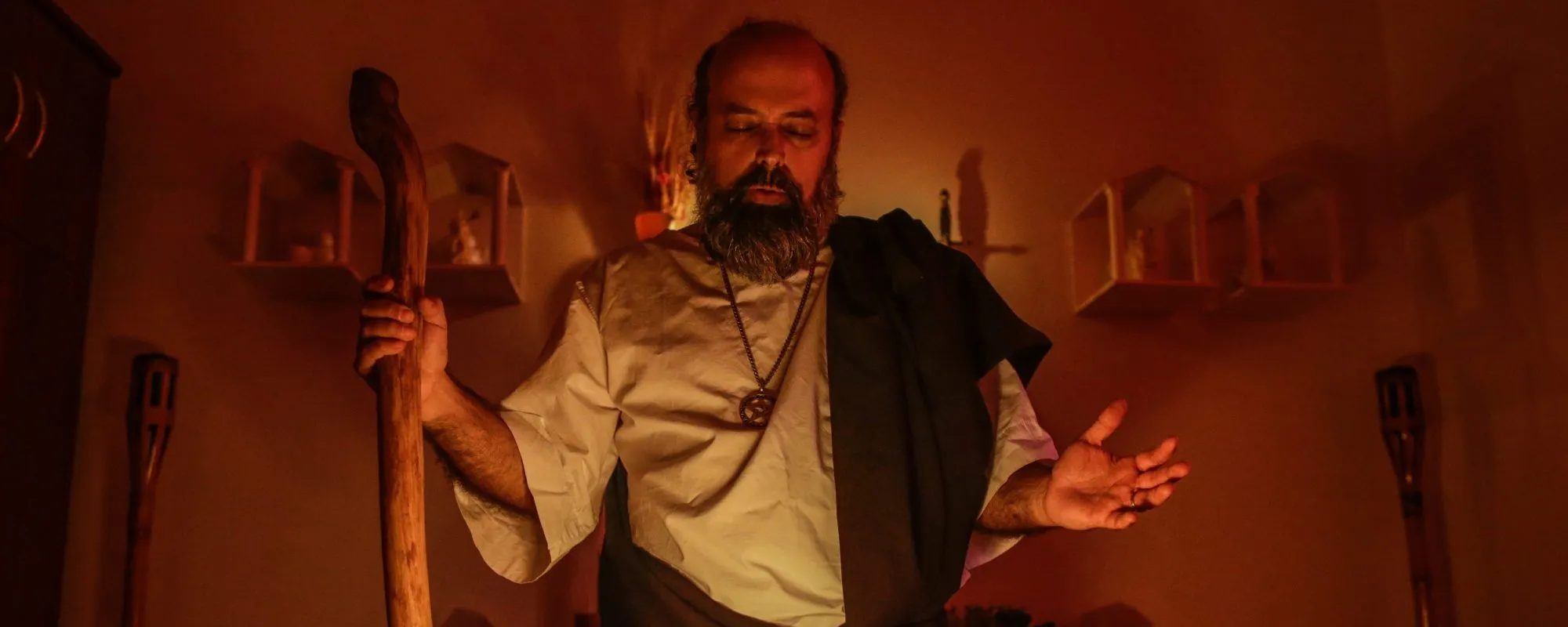It seems like there is a new holiday to always be preparing for. Many are traditional, some modern, and others fabricated by Hallmark or Internet dwellers.
Videos by Rare
Some may say ‘wouldn’t it be nice to have some more holidays’ but, let’s be honest… there are plenty.
Also we wouldn’t have to invent new ones – there are dozens of old holidays that just need to be dusted off and revived.
Here are 10 of our favorites.
1. Plough Monday
Plough Monday (the first Monday after January 6) used to mark the start of the English farming year, but the tradition died off in the 19th century.
A boy dressed as an old woman (called the “Bessy”) and man dressed as an animal (called the “Fool”), accompanied by roving musicians, would drag a plough from house to house to ask for money for the harvest. The celebration continued into the night with dancing, something called sword-dancing, drinking, and all-around revelry.
2. St. Clement’s Day / Old Clem’s Night
It essentially died off by the beginning of the 20th century, but Nov. 23 used to be the celebration of Pope Clement I, the patron saint of blacksmiths. And as you might expect, it was a rowdy, loud affair.
The night began with the ritual firing of the anvil, a proto-fireworks display generated by packing gunpowder into anvils and then hammering away at them like a madman. It continued with plenty of singing and drinking, but also a Halloween-like ritual where the blacksmiths would dress up like “Old Clem” and knock on doors, begging for beer, fruit, nuts, or money.
3. Lughnasadh
Lughnasadh, held on Aug. 1, is an old Celtic seasonal holiday marking the beginning of the harvest season.
If you were married on this day, you got a unique out clause. If you went through the ceremony, which included joining hands with your beloved through a hole in a wooden door and exchanging vows and gifts, you would be married for just one year and one day. At the next Lughnasadh, if you don’t want to be married anymore, you can just call it off without consequences.
4. Gŵyl Mabsant
Gŵyl Mabsant was a Welsh holiday that celebrated a local parish saint, but it hasn’t been properly celebrated since the end of the 19th century.
It sounds as if it would have fit right in on reality TV, with highly unorthodox athletic competitions such as blindfolded wheelbarrow-driving, “fives” (a squash-like game played against the church walls), and something called “old women’s grinning matches.” There was also football, bando (a field hockey-like game), and, unfortunately, cockfighting.
Eventually it got too rowdy for the religious leaders, who shut the holiday down.
5. Imbolc
Another old Celtic holiday, Imbolc was celebrated on Feb. 1, and marked the beginning of spring. This was the Celts’ version of Groundhog Day, and they put their own inimitable spin on it.
Cailleach, a “divine hag,” gathers her firewood during Imbolc. If conditions are bright and sunny, that means the hag is gathering a lot of firewood, and we’re all in for a long, snow-filled winter. If the weather is foul, it means Cailleach is only gathering a little, and the winter should be short.
6. Lammas Day
It wouldn’t be a holiday without carbohydrate overload, and Lammas was the biggest holiday for carb-lovers. The festival celebrated the wheat harvest and the first loaves of bread of the season.
People would bring their first loaves to be blessed, but they didn’t eat these special loaves: they would be torn into quarters and placed in the barn to protect the grain, like magical amulets.
7. Allantide
Allantide is an old Cornish festival celebrated on the nearest Saturday to Halloween.
Large, highly-polished “Allan apples” were given as gifts to family members as good luck charms. Girls would put them under their pillows at night because they thought the apple would help them dream about the man they would one day marry.
8. Meal Monday
Most college students can get behind this – Meal Monday was the autumn mid-term break in Scotland. In the 1800s, students would schlep home and replenish their supply of oats to live on while at college.
The traditional holiday lasted until the 1970s, but it seems like a great time to revive it and celebrate with Chipotle gift cards for everyone.
9. Andisop
This is better than any weather app you could ever download.
In the mid-19th century on the Isle of Man, a team of fiddlers spent the three weeks leading up to Christmas celebrating a holiday called Andisop. They would go door-to-door throughout the early hours of the morning, playing a song called “The Andisop” while knocking on doors, calling the hour, and reporting “the state of the weather” for a gratuity.
Beat that, Apple weather app.
10. Paul Pitcher Day
In the late 19th century, it was customary for tin workers in Cornwall to celebrate the eve of St. Paul’s Day (January 23) with a holiday called Paul Pitcher Day. The holiday supposedly commemorated the discovery of smelting, but it was mainly an excuse to protest rules prohibiting alcohol at work.
The tinners would set water pitchers up and throw stones at them. They would then take the broken pitchers and throw them into houses in the town while saying, “Paul’s Eve, and here’s a heave!”
The first “heave” apparently could not be objected to by the homeowner, but any subsequent heaves would leave the heaver open to “just punishment.”



